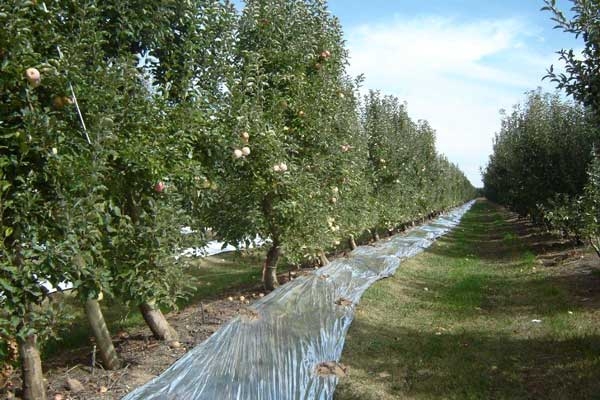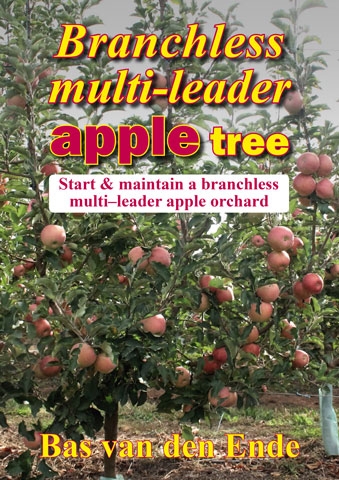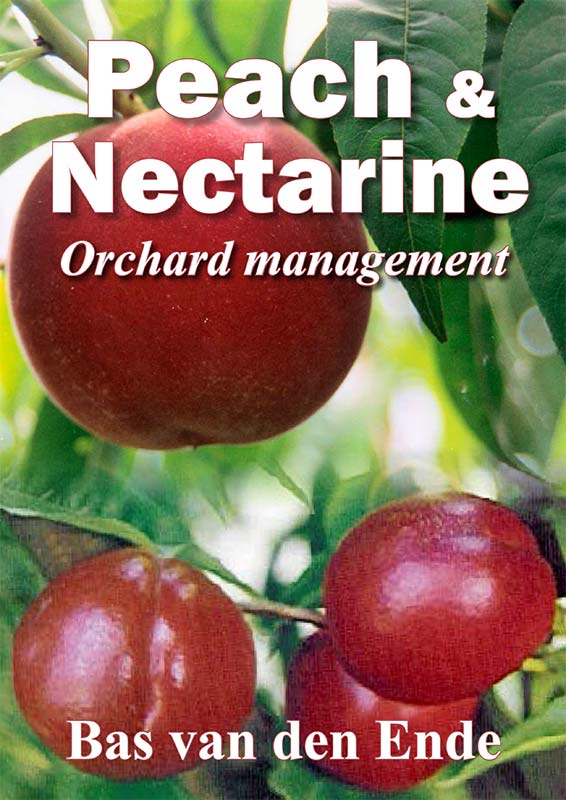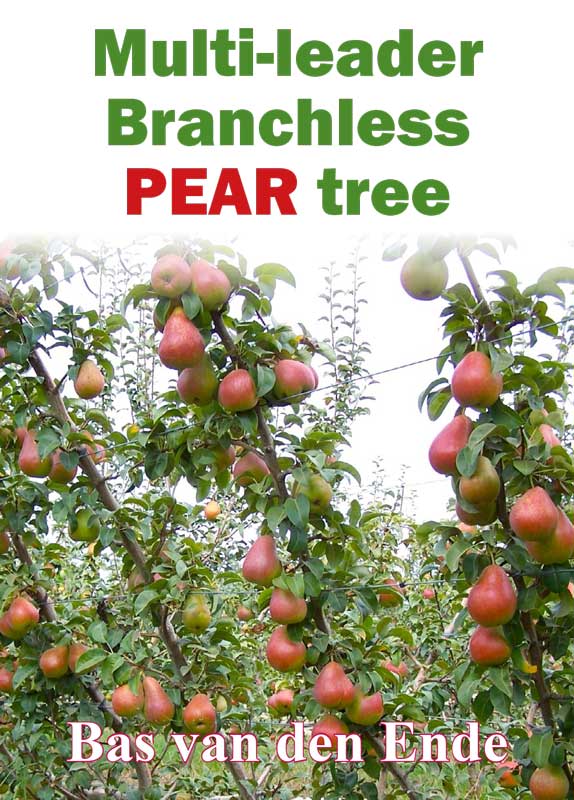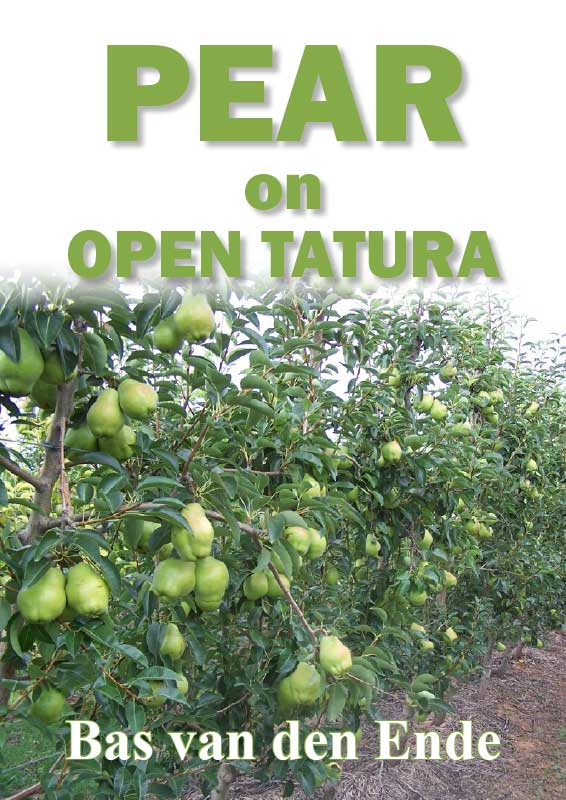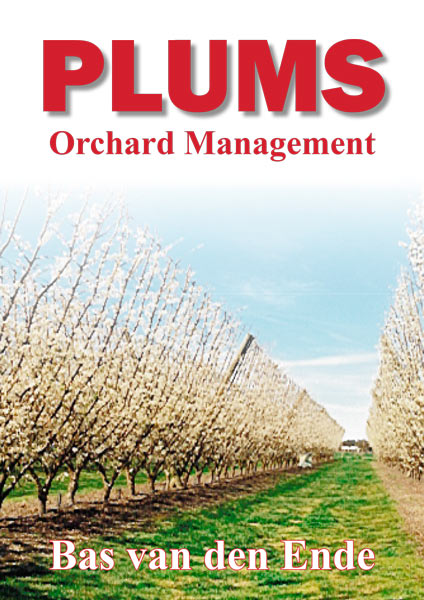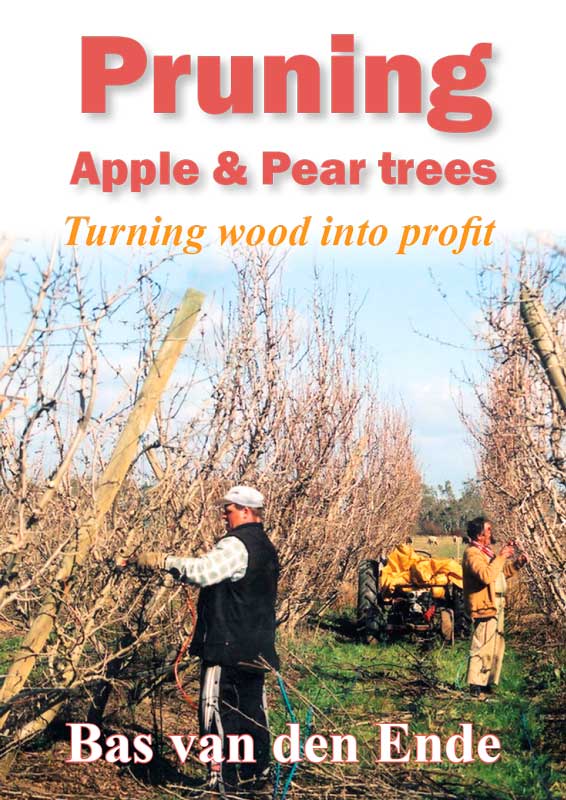Colour management of apples is a topical issue for many growers.
Producing apples with a high percentage of red colour and high colour intensity is vital if growers are to achieve the highest payments for their fruit.
Red colour development in apples is due to the formation of anthocyanin pigments in the apple skin. Anthocyanin production, and hence apple colour, is influenced by a range of environmental and management factors in the orchard.
Effects of temperature
Temperature during the pre-harvest period influences red colour development, with the critical colouring period being two to three weeks before harvest.
Optimum temperatures for red colour formation vary among cultivars, but are generally between 20C and 25C.
Cool night temperatures (less than 18C) a few weeks before harvest enhance colour development of the fruit, especially on poorly exposed areas.
However, if cool night temperatures are followed by excessive (more than 30C) daytime temperatures, the positive effects on anthocyanin synthesis will be lost.
Light levels
Light levels are also an important factor in anthocyanin synthesis, but can be controlled to some extent through orchard management practices.
Influencing fruit colour
A summary of practices that influence red colour development in apple, and review steps that can be taken to increase colour development in the orchard are:
Cultivar and site selection
Cultivar selection is one of the first steps towards maximizing apple colour on an orchard.
Growers have a range of cultivars to choose from including many red sports of commonly grown cultivars.
Extreme daytime heat and high night-time temperatures in some production areas have meant growers are unable to produce profound red coloured fruit. This is despite growers changing their pruning techniques and growing systems.
When choosing cultivars to grow, it is important to consider the climate of the area and whether this matches the conditions required by the cultivar to produce high quality fruit.
Canopy Management
Good canopy management is probably the most important factor in improving apple colour. The correct style and severity of pruning is needed to open up the tree canopy to allow sufficient light through for fruit coloration.
A compromise must be made so that enough wood is removed to achieve high light levels without reducing yield too much.
Apples require a minimum of 50 per cent full sunlight on fruits and leaves in order to achieve adequate red colour, with superior colouring occurring at levels around 70 per cent full sun.
A textured canopy with filtered light is best for achieving good coloration, with growers running a risk of sunburnt apples if fruit are exposed to direct sunlight for long periods.
Winter and summer pruning
Good canopy management should be achieved through winter pruning alone, although summer pruning may be required on some cultivars and growing systems.
High vigour varieties may need summer pruning if winter pruning was not adequate, while trellised growing systems almost always require summer pruning.
Timing is critical in achieving good results, with early shoot removal necessary to avoid sunburn and to allow time for fruit to colour. Surplus water shoots and suckers should be torn out before they harden as, unlike cutting, tearing removes the adventitious buds at the base, making regrowth less likely.
Crop load
Crop load is a significant factor for maximizing both fruit colour and fruit size.
Excessive crop load (fruit clusters of two to three fruits) reduces fruit coloration through direct shading of neighbouring fruit, or through competition for assimilates needed for colouration.
A high fruit to leaf ratio may mean that the leaves cannot produce enough carbohydrates to colour or size all of the fruit to their full potential.
Fruit thinning
Fruit thinning is therefore needed to ensure the fruit to leaf ratio is within the desired range (at least 10 to 15 leaves per fruit) to reach an adequate size, and that apples are not in contact with each other so as to cause mutual shading.
This may mean that fruit are reduced to ones or twos, but the overall result will be an increase in packout rates due to increased colour.
Soil nutrients
Management of the soil nutrient status is important to ensure that excessive concentrations of nitrogen do not build up in the foliage and fruit.
High nitrogen can increase shoot production, leading to shading and therefore colouration problems. Studies (and experience) have also shown nitrogen has a direct negative effect on anthocyanin expression.
Midsummer leaf nitrogen levels below two per cent are usually best for full red colour development—although such levels may reduce overall fruit size and adversely affect flowering and fruit set.
Consider postharvest fertilizer applications, as early summer nitrogen applications can be detrimental to colour development.
SunUp reflective mulch
SunUp reflective mulch placed on the ground between tree rows or under the tree, increases red colour in apples.
Continued next month
Contact Russell phone 0428 570 394
See this article in Tree Fruit February 2014


